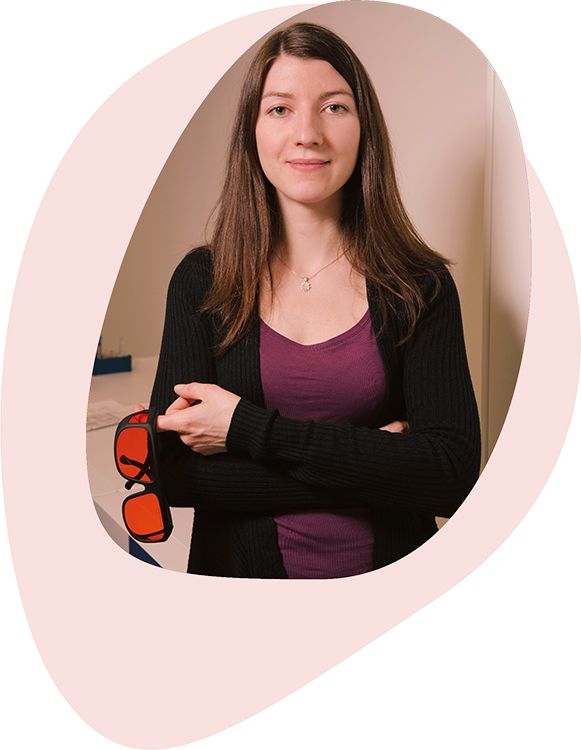

Jenny Sülzle
Imaging biological self-assembly processes with interferometric scattering microscopy (iSCAT)
EFP Lausanne // Lausanne, Switzerland
Q&A Session II // Thursday, October 29 // 1.35 pm – 2.20 pm (CET)

In super-resolution microscopy, fluorescent proteins and tags enabled and still enable many new discoveries. But with this technique we usually image the fluorescent label, not the actual protein. Another drawback is the limited imaging time due to photobleaching. But almost everything scatters light. Forever. In principle, you have an infinite budget of scattered photons from any object. And the scattering intensity is proportional to the volume/ mass of the protein. In iSCAT, the detected intensity is a combination of the scattered and the reflected fields.
After showing the linear correlation of intensity signal to masses of single proteins in the work from Young et al. (Science, 2018), our goal is to reveal protein complex structures by incremental formation. To do so, the identification, localization and orientation of each protein on the measurement plane is needed.
There are various methods to identify protein complex structures, many of them use labels, e.g. antibodies and fluorescent tags. These labels have been extremely useful in structural biology, but are limited by parameters such as labeling efficiency and complex photophysics. With iSCAT we want to overcome these issues and create a non-invasive method for identifying the structure of protein complexes.









